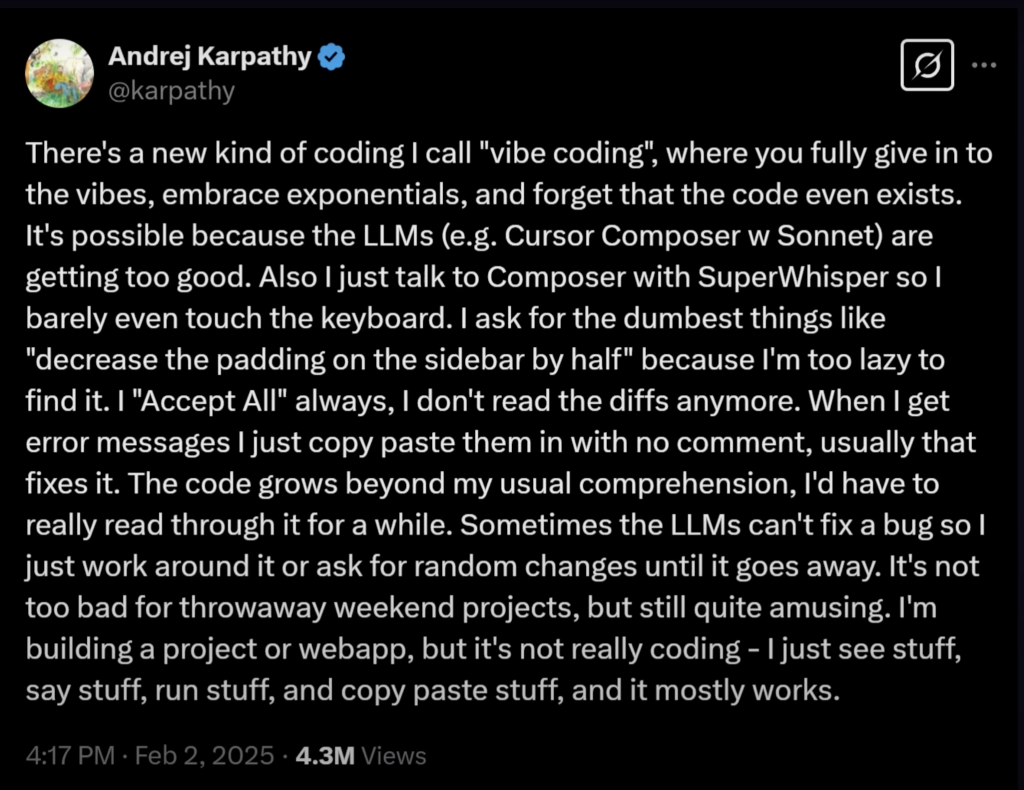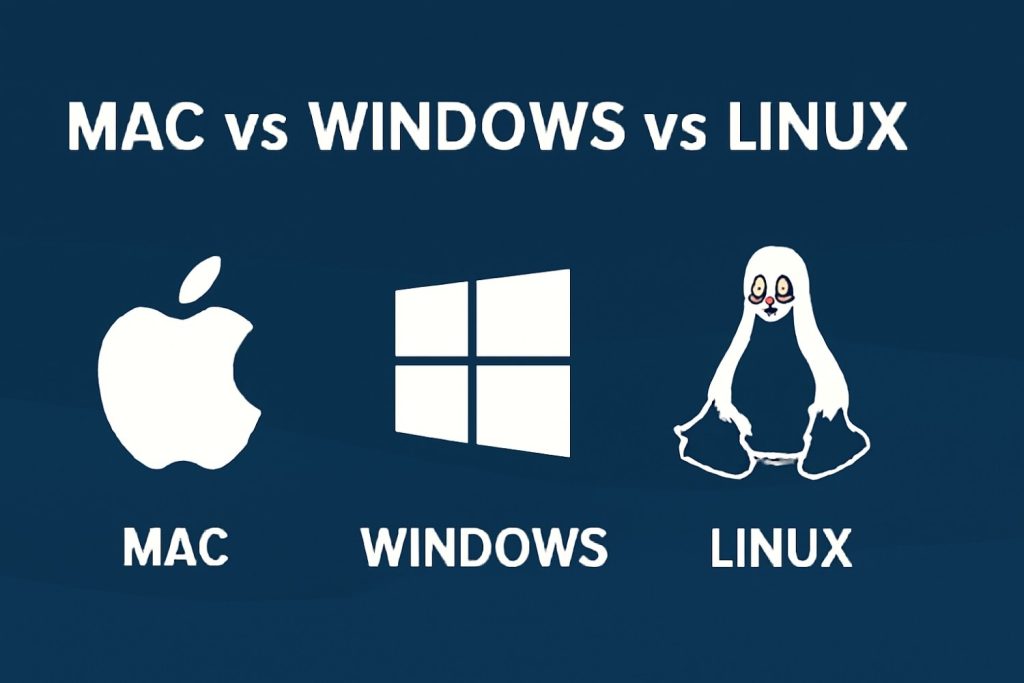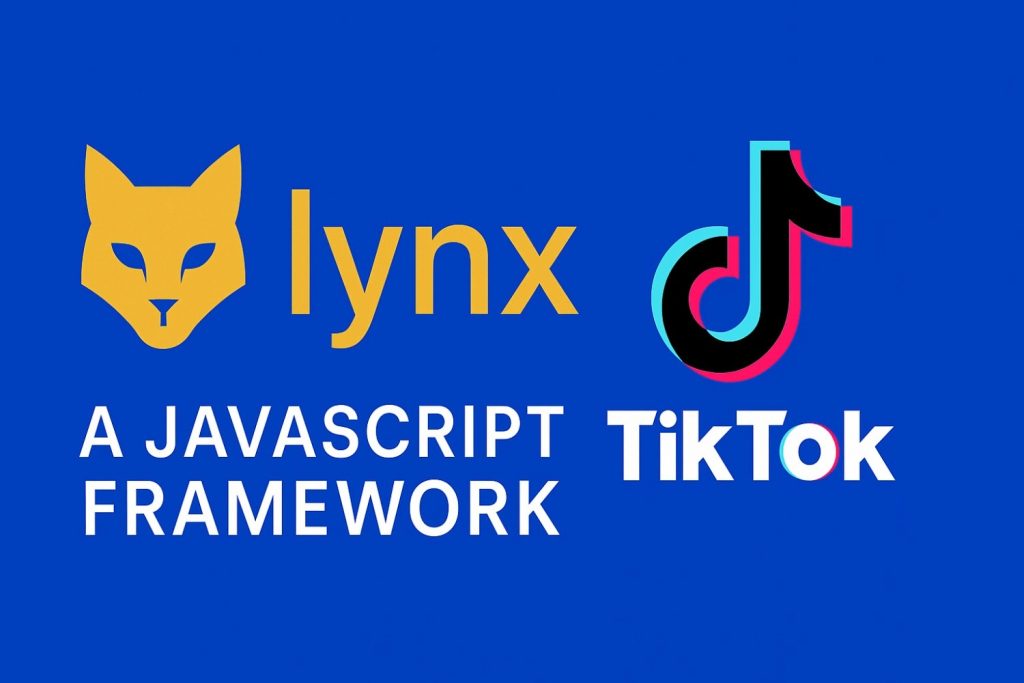In March 2025, the programming world caught a strange new fever — something developers now call the “vibe coding mind virus.” Coined by Andrey (a self-described “exopi wizard”), vibe coding is all about giving in to the flow, trusting your instincts, and letting AI take the wheel — often at the cost of structure, planning, or even logic.

The trend gained momentum after indie hacker Peter Levels created a half-functional real-time flight simulator MMO in JavaScript, monetized it with in-game ads, and made serious cash. Whether you admire the hustle or cringe at the codebase, one thing is clear — vibe coding is now a movement.
But before you join the hype train, let’s look at what vibe coding really means, where it goes wrong, and how to do it without nuking your career.
What Is Vibe Coding?
Vibe coding isn’t just a quirky phrase — it’s a shift in mindset. It’s coding without overthinking. It’s trusting AI suggestions, skipping specs, and letting creativity lead development.
But there’s a difference between coding and programming — and that difference matters more than ever in the age of AI.
- Coding is about syntax, translating logic into instructions.
- Programming is broader — it’s architecture, strategy, product thinking, and problem-solving.
AI can handle syntax. But programming? That still requires you.
When Vibe Coding Goes Horribly Wrong
The internet is full of horror stories where devs vibe-coded their way into disaster.
Take the case of an indie hacker who built a SaaS product, gained paying users, and then watched helplessly as trolls:
- Maxed out his API keys,
- Bypassed subscriptions,
- Corrupted his database.
Eventually, he had to shut everything down and publicly admit defeat. Why? No structure. No security. All vibes, no planning.
Why Vibe Coding Works (Sometimes)
Despite the chaos, vibe coding can work — especially with the right tools and mindset. With AI copilots like Cursor, Claude, and frameworks like Vercel, Bolt, or WindServe, developers can build MVPs at lightning speed.
But to do it right, you need discipline. Here’s how:
3 Rules to Vibe Coding Like a Pro
Rule 1: Pick a Simple, Popular Tech Stack
AI tools are trained on data from GitHub, Stack Overflow, and public repositories. That means they’re great at solving common problems using mainstream stacks.
If you’re building for the web, go with:
- React, Express, Tailwind, Redis, or Deno.
Or go alternative with Vue.js and Nuxt, which are also showing great synergy with AI assistance. You can even try Svelte if you’re bold — but the point is: don’t get experimental unless you really know what you’re doing.
Rule 2: Master Git (Seriously)
AI can generate code fast, but it can also wreck your progress in seconds.
If you don’t version your code properly, that “perfect prompt” you got last night might get overwritten and lost forever. Learn Git. Use it daily. Create checkpoints.
Even better, let AI tools auto-commit for you as you go. But always review and stash manually when needed.
Rule 3: Be Your AI’s Product Manager
You’re not just a coder anymore. You’re managing a robot assistant. And the better you manage it, the better your results.
- Break down tasks clearly.
- Give specific, detailed prompts.
- Provide context (code snippets, docs, UI mockups).
- Avoid ambiguity.
The goal isn’t to let the AI be creative. It’s to make it deterministic and reliable.
AI Coding Is Powerful — But Only With the Right Foundation
Despite what viral posts might suggest, most successful vibe-coded projects still rely on years of real-world developer experience.
Peter Levels’ flight simulator? It had serious issues under the hood — the only reason it survived was because he had the knowledge to keep it afloat when things broke.
So yes, vibe coding is fun. It’s fast. It’s creative. But without fundamentals, it can collapse in spectacular fashion.
Vibe Responsibly
The tools we use are changing fast. In the near future, most code will be written by AI. But how well that code performs, scales, and secures your users will depend entirely on you — the human with the vision.
Use AI. Use vibes. But use wisdom too.
Enjoyed this article? Share it with your dev friends and stay tuned for more insights on AI, coding trends, and building smarter.











